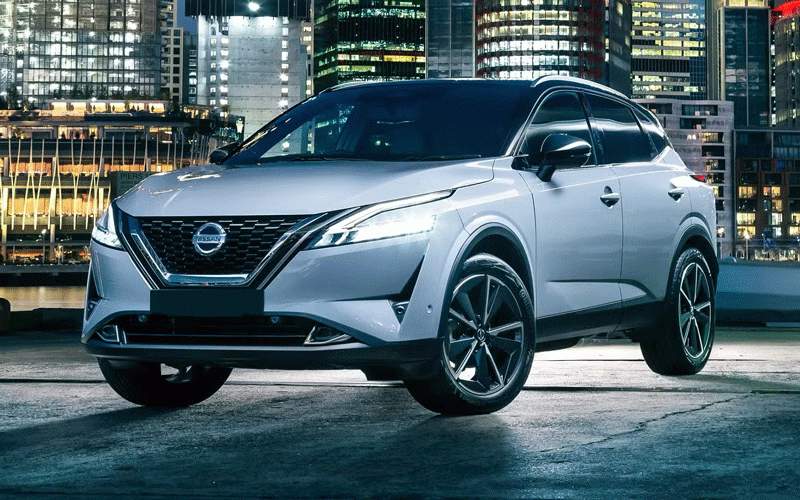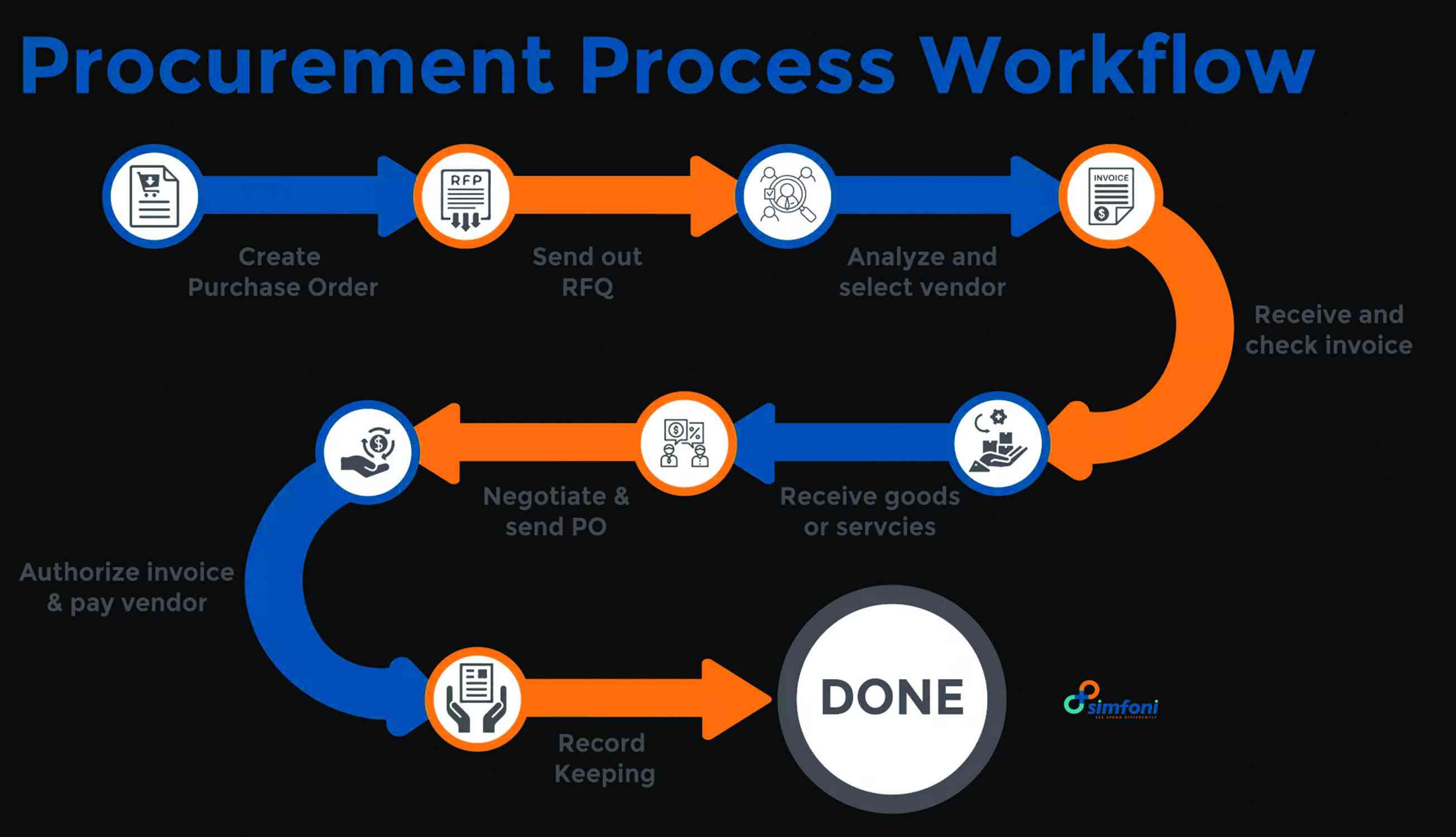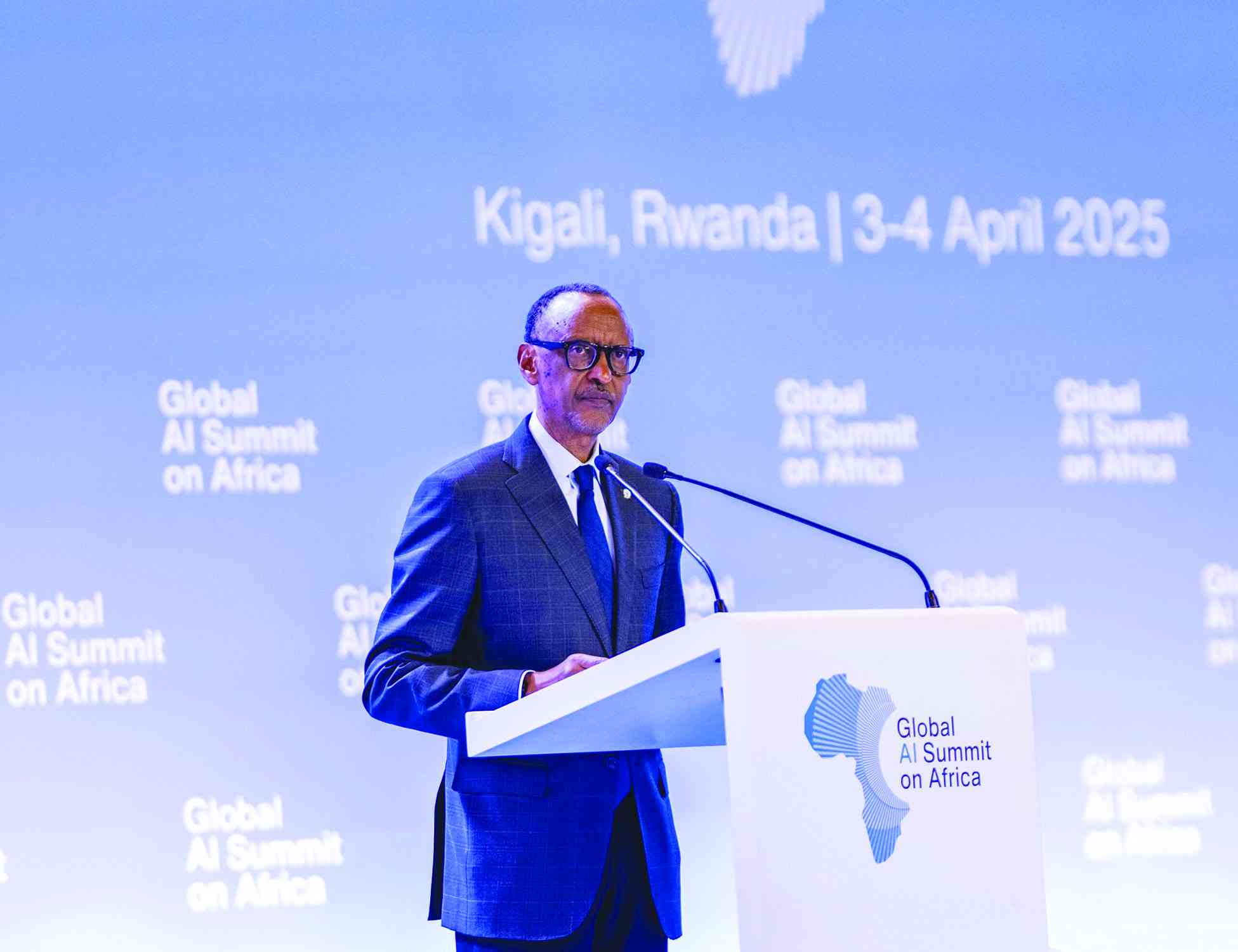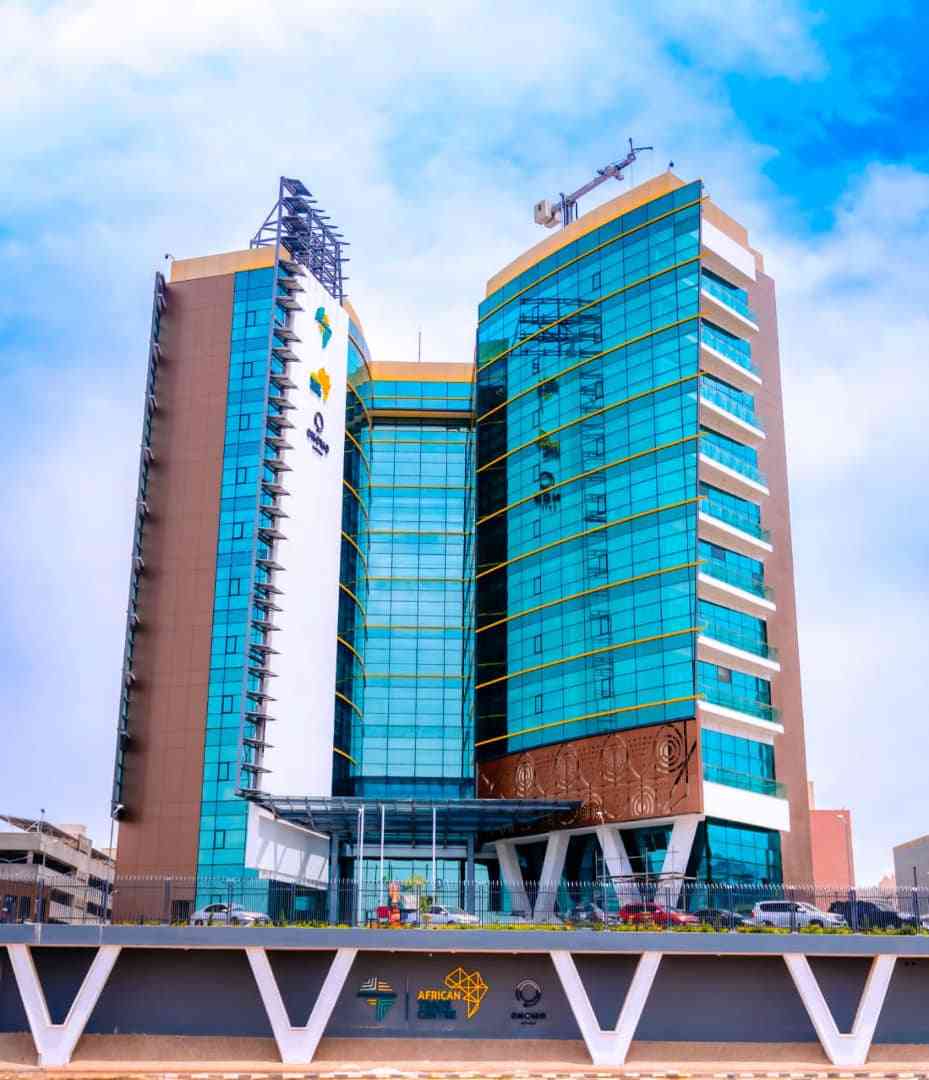
AN honourable member of our community contacted me via email not long ago, requesting that I write an evaluation of the 2022 Nissan Qashqai because he wanted to buy one.
Qashqai is more than just a generic car name. The Qashqai are a diverse group of Turkic-speaking tribespeople that inhabit southwestern Iran.
The common understanding, despite alternative interpretations, is that the name refers to a horse with a white star adorning its forehead.
Based on the Renault-Nissan Alliance's CMF-C design, the new 2022 Qashqai is 48 mm longer and 29 mm wider than its predecessor, but its weight has only increased by 37 kg, and its torsional rigidity has significantly improved.
The new external design, with its sharp, chiseled lines, 19-inch Diamond Cut alloy wheels, boomerang headlights, and huge V-Motion grille, is likely to be the key selling point for buyers.
Exterior
With stronger shoulder lines, a longer wheelbase, and intimidating alloy wheel designs, the Qashqai takes on a more commanding posture on the outside.
In every way, the new Qashqai is identical to its forerunners, including the "just right" size and popular Qashqai attributes. The third-generation model, on the other hand, has a clever ergonomic design inside to make it seem larger and airier, and its efficient packaging gives it a more grounded, determined appearance on the exterior.
- Man ‘kidnaps’ baby during car hijack
- Feature: Surviving 20-hour daily power cuts with an electric car in Zimbabwe
- Robbers storm Gweru home, rape 2 teenagers
- Zanu PF official in court for disrupting Zec programme
Keep Reading
The car's total length has grown by 31 millimetres, while its wheelbase has grown by 19 millimetres.
The height and breadth have increased by 30 and 29 millimetres, respectively, to improve road visibility.
The redesigned Qashqai has an expanded Nissan V-Motion grille up front. On each side, there are sleek, fully LED advanced matrix headlights that include daytime running lights with the Boomerang logo.
Thanks to advancements in LED technology, the new Qashqai's front illumination is more streamlined and aggressively styled than on earlier models. Gradient "raindrop" grain optics give the taillights a modern touch with a 3D lighting look.
Keeping with the trend from earlier generations, the panoramic glass roof lets plenty of natural light into the cabin, creating an even more airy and tranquil atmosphere.
Interior
Remember the air of polished sophistication I mentioned earlier? The new Qashqai's cabin design showcases this, with meticulously crafted lines and premium materials. I was thrilled by the new 12.3-inch (31cm) touchscreen infotainment system's clean, contemporary visuals, which serve as the command centre.
With the primary menu elements aligned along the screen's right side, the system was also quite simple to use. Separate and intuitively positioned ventilation controls are now standard on the modern dashboard.
Unfortunately, the standard analogue dials on the Southern African versions replace the global digital instrument cluster.
The top-tier Acenta Pus model has a plethora of amenities, including a 10-speaker Bose sound system, electric-adjust diamond-quilted leather seats with heating and massaging for the front passengers, and more.
It has automated temperature control and Nissan's Pro Pilot driving assistance system, which includes adaptive cruise control and lane keep assist, much like the mid-range Acenta model.
Road manners
The new Nissan is more than meets the eye; it is also an exceptionally polished and silent SUV with a low tolerable NVH levels.
The ride quality is more than satisfactory, and the vehicle exudes an air of refinement despite its rather stiff suspension, which becomes noticeable over bigger speed bumps.
Thanks to its European-specific engineering, this SUV has intuitive and well-weighted steering and excellent handling for its class.
An electronically controlled variable transmission (CVT) transfers power from a 1.3-litre turbocharged petrol engine—110 kW and 250 Nm—to the front wheels. The manual basic model has limited outputs of 96 kW and 240 Nm.
I was satisfied with the performance of the 110-kW automatic model.
For the most part, you will not have to rev higher than necessary to silence that pesky CVT drone, thanks to the ample low-down torque.
When travelling on the interstate, I managed 6.6 litres per 100 kilometres. However, when driving around town, even with caution, the fuel consumption reading climbed to 10,7 litres per 100 kilometres.
If you put your foot firmly on the right pedal, you may easily reach 13 litres per 100 km.
Practicality
While not as roomy as some competitors, the rear legroom is adequate enough to accommodate passengers of average height and weight.
Unfortunately, those who are very tall may find the rear headroom to be inadequate. When the seats are folded down, there is 1 593 litres of storage space in the trunk, and when they are upright, there is 504 litres.
Although it is on the shallow side, the loading compartment is quite large.
Whether you are on a school run or just meeting with other middle-level managers for business, it will be sure to turn heads.
My decision
The Nissan Qashqai has taken a beneficial step upscale with a package that is somewhat more polished and better equipped than its predecessor, but it has become slightly costlier.
Its clever cabin and attractive style are sure to win over fans. It will stand out when you go for meetings with other middle-level managers or during a school run.
Specifications:
Boot volume: 504 litres
Drive: Front-wheel drive
Engine: 1.3-litre, 4-cylinder, turbopetrol
Fuel tank capacity: 65 litres
Fuel use, highway: 6.6 litres/100km (tested)
Fuel use, urban: 10.7 litres/100km (tested)
Gearbox: CVT
Ground clearance: 193mm
Power: 110kW from 5 500rpm
Torque: 250Nm from 3 750rpm











